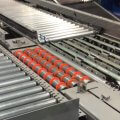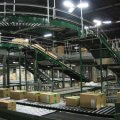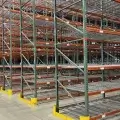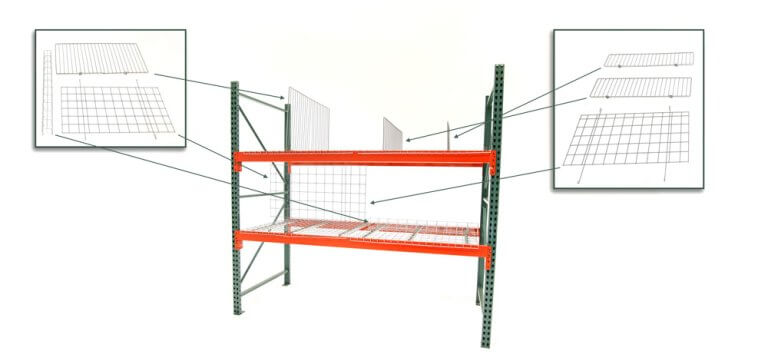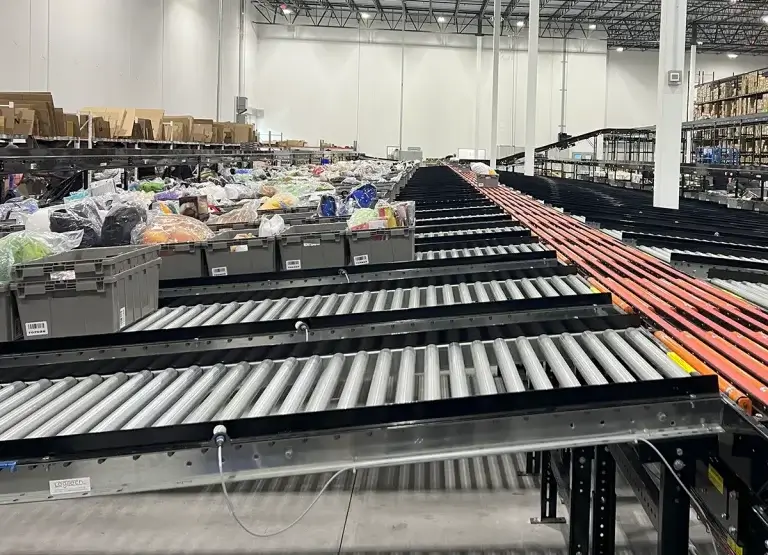Today’s post is courtesy of Megan R. Nichols
When it comes to the supply chain, the most visible processes and events aren’t necessarily the only areas that should be modernized and improved upon. The so-called first-mile is just as important as the last, even though consumers may never see or hear what it entails. Collectively, every mile plays a role in the performance and efficiency of manufacturing and wholesale operations.
By streamlining the entire lineup, it improves the speed, quality and accuracy of all products and services. One of the best ways to make that happen is to deploy automated systems and equipment, including advanced robotics. These solutions never tire, burn out or falter — so long as they are maintained well, quite unlike human laborers.
Beyond the basics, there are several reasons why automation should be used in material handling and manufacturing environments.
Why Use Automation?
1. A Smarter, Connected Environment
Whether you’re talking about manufacturing processes directly, the handling of finished goods or distribution closer to the last mile, all these practices could benefit from more data-driven operations.
Implementing IoT and connected technologies earlier on can also help eliminate what’s known as the islands of automation within a facility. Most older machines and solutions operate in a siloed nature, separate from other components within a factory or facility. Automation and the resulting systems can help do away with this entirely, creating a more synchronous environment.
2. On-Demand Manufacturing and Services
In today’s hyper-fast and hyper-personalized environment, most customers and clients expect a degree of convenience, which can be difficult to provide in material handling and processing fields. To achieve this, the entire system needs to be optimized from start to finish. Queue advanced automation.
The connected nature of the autonomous factor also generates the on-demand concept for internal processes. Materials can be delivered exactly where they need to be, not just on time but in advance. This is done through a series of data-driven systems that send alerts and control various operations as necessary.
3. Predictive Modeling and Decision-Making
Near the start of the supply chain, performance and support directly rely on market trends. If a particular supply or raw material is low, it can affect everyone, including the delivery times of various components and goods. With automation and advanced analytics systems, this kind of problem can be eliminated, largely through predictive modeling.
A machine learning or AI system will essentially ingest data on a company’s history, performance, market trends and consumer demands. It will then build an accurate model of what’s to come or how things will play out, allowing for more informed decisions. This can be evolved to include automation systems for a larger efficiency boost.
If a certain raw material is becoming more scarce, the automated system can order more in anticipation of a major shortage. During the shortfall, the system can calculate the length of time to receive new supplies as well as the current stock to ensure operations run smoothly. Items arrive just before old ones run out.
4. Better Workforce Management
Rather than waste human expertise on rote and tedious tasks, projects can be automated through a series of systems including IoT, AI and advanced robotics. Personnel can then be assigned to higher-value tasks that better meet their talents. This has the added effect of boosting employee happiness, as workers will certainly enjoy the more important roles and responsibilities.
Moreover, labor shortages and high turnover rates become a problem of the past, with many of the tasks and opportunities that were hard to fill now handled by automation.
How to Implement Automation and Streamline Materials Handling
1. Research
The best place to start is by doing some research. Consider the available vendors and their reputation, as well as what kind of solutions they offer. What will you need to upgrade in your existing systems and solutions? Is there anything that can be carried over?
How long will it take to implement the full scope of the automation project? Most importantly, how long will it be until you recover the initial investment and turn a profit?
Also, consider the systems that will be automated. It’s much more than just digital tools and components. Pallet inverters, for example, can be used to automate the handling of pallet-based goods and have a load capacity of about 4,400 lbs.
Another way to automate your warehouse is to invest in, and maintain, conveyor belts. Not only do conveyors keep employees safe by minimizing the amount of heavy lifting they need to do, they could be optimized in the near future. Adding sensors to conveyor rollers will allow businesses to gather important data like, product weight, amount and quality.
Is there equipment that you can use to automate more conventional procedures, similar to the pallet inverter or conveyor belt examples?
2. Vendor Selection
Once those questions are answered and you understand what’s necessary to achieve automation, it’s time to start shopping around for vendors. What solutions can they offer and what comes included? How are system updates handled? What’s the support process like? Are there real-time consulting opportunities at the ready?
You may even want to consult with a vendor’s existing clients to get a feel for how satisfied they are. Did the company meet their needs? Were there complications and have all their concerns been addressed?
The research process seems involved and can be daunting, but it’s necessary before getting involved with any automation providers or vendors.
3. Prepare Your Team
Next, you’ll need to prepare your workforce. This means training them and building awareness about the new systems, technologies and processes. Don’t forget to consult with them where applicable, as many workers have direct insight as to the inner workings of supply chain operations.
Ultimately, companywide buy-in will ensure the adoption process goes smoothly, and it will help mitigate the usual problems you might see when adopting new procedures.
4. Deployment
All that’s left is to deploy the necessary technology’s processes and solutions. Implementation can be a lot more complex than expected, however, so it’s always best to consult with support agencies and vendors. The exact approach is going to vary from business to business, which is why most of this explanation will seem broad.
The trick is to start small and slow. Choose one or two major processes that can be automated and work on perfecting those systems before moving on to other areas of the business.
With perseverance, the bulk of your materials handling operations will be automated, resulting in many cost- and time-saving benefits.
Megan R. Nichols is a technical writer who specializes in industrial and scientific topics. She regularly contributes to sites like American Machinist, Manufacturing Transformation and Industry Today. Megan also publishes weekly on her personal blog, Schooled By Science. Keep up with Megan by following her on Twitter or subscribing to her blog.


